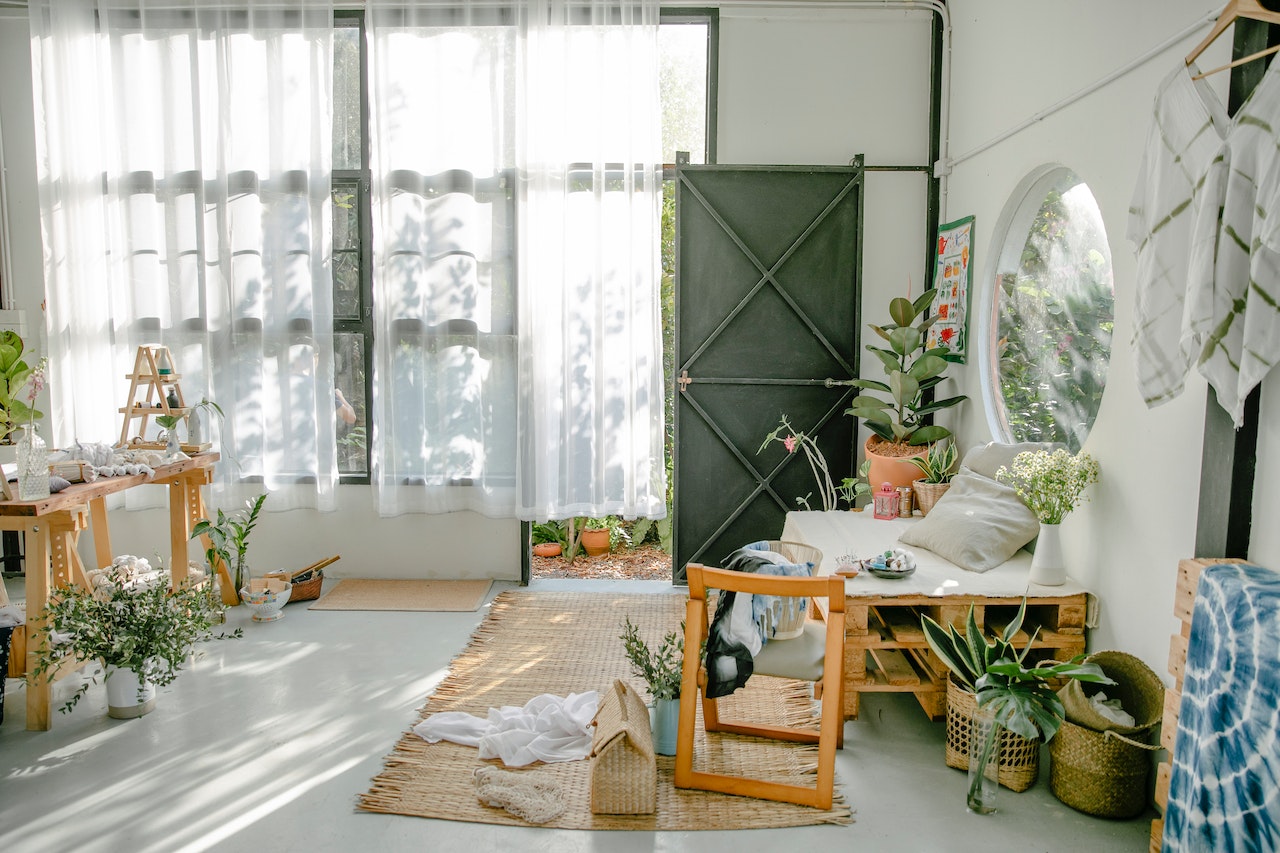Your home should be a safe haven full of positive energy and safe. This is one of the reasons why everyone looks to make their home as peaceful and peaceful as possible. One way to keep your home safe is by making sure indoor air quality is as best as humanly possible. Air pollution is one of the leading causes of respiratory conditions, a reason it shouldn’t be overlooked. Most of us spend at least 87% of our life indoors. With this in mind, it would be best to work towards ensuring indoor air quality isn’t compromised. Here are a few tips and tricks on ensuring good indoor air quality at home and work.
A Brief Intro on Common Air Pollutants
There’s a whole host of pollutants that can contaminate indoor air, ranging from pet hairs, carbon monoxide, dust, pollen, lead particles, asbestos, mold, and mildew, to name but a few. Mold and mildew, for example, are quite common in basements, kitchens, and bathrooms, while dust can collect almost anywhere. One way to control and manage good air quality is by knowing the air pollutants you are dealing with.
Ways To Improve Indoor Air Quality
1. Change All Dirty AC Filters
The AC is your first line of defense against indoor and outdoor contaminants and keeps your home comfortable all year round. With the AC running all day every day, their air filters eventually collect too much dust and other particles that clog it up, restricting airflow and, even worse, letting some of the particles inside the ventilation system. For this reason, it is highly advisable to change your air filters often for optimal air quality and performance. Scheduling regular servicing and maintenance can also help reduce the risk of running on dirty filters.
2. Replace Other Air Filters as Well
Check other areas or equipment that have/use air filters as well. Most household appliances, especially clothes dryers, vacuum cleaners, and even kitchen vents, come equipped with air filters to ensure optimal performance. These also collect dirt, another reason they need to be cleaned or replaced to improve air quality in circulation. It would be best to have these cleaned/replaced whenever servicing the AC unit.
3. Check The Air Ducts
Air ducts are the transport system/network responsible for distributing hot/cold air to every room. They too, should be adequately maintained and flushed every once in a while to keep them clean. This is especially important when changing air filters. Contaminated air ducts can affect the performance and lifespan of your AC unit and filters, a reason they need to be kept clean all the time.
4. Make Use of Cooking Vents
The kitchen is one of the house’s most significant sources of air contaminants. Gas stoves, for example, release poisonous gases such as nitrogen oxide, carbon dioxide, and carbon monoxide, which pose a serious health threat. Unknown to many, electric burners also release some contaminants into the air, though at lower levels. It is also worth noting that most of these gasses are easily absorbed into the bloodstream, a reason you want to keep your kitchen as fresh as possible. Using kitchen ventilation while cooking or even opening the window or kitchen door can help get rid of most of these pollutants.
5. Clean Your Carpets and Rugs
Carpets and rugs are a magnet for dust, pollen, and other pollutants. While comfortable under your feet, keeping carpets free of such can be quite a task, especially for busy homes. Nevertheless, cleaning your carpets/rugs and home furniture often or vacuuming them daily can help keep them cleaner and look good for longer. A clean carpet will go a long way in preserving indoor air quality.
6. Monitor/Control Humidity Levels
Mold and mildew thrive relatively well in warm, dark, and humid spaces. They are also the worst type of pollution in your home. Mold spores are light enough to spread throughout the house, causing allergies and worsening asthma. Monitoring and keeping your home’s humidity levels within the recommended levels can thus help improve air quality by limiting mold growth. You might also want to invest in a 12l pure dehumidifier, especially during summer when humidity levels are high.
7. Bring In Some Live Plants
Plants are the best natural air fresheners. They take up gasses and carbon harmful to us and release oxygen. Bringing a green plant or two into the house can thus go a long way in freshening the air inside. You can start with small plants requiring minimal attention and sunlike, such as lilies and ferns, before going for larger plants.

